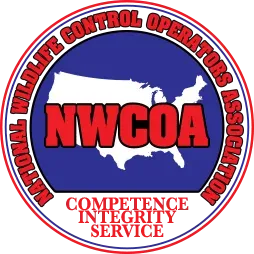Texas is filled with a variety of different pests. While some are more dangerous or annoying than others, there are some typical pests found most often in the lone-star state. The most common pests in Texas are ants, spiders, mosquitoes, cockroaches, rodents, and termites.
This guide will walk you through everything you need to know about scorpions in Texas, including the most common types, where they're found, and how to safeguard your home from them.
Why do ants choose to come into your kitchen, and what can you do to keep them out? Here’s a helpful guide to understanding the cause of ant infestations and effective strategies to remove them.
Whether you're dealing with painful fire ants or pesky odorous house ants, knowing how to identify and manage these ants is crucial. Our guide will provide you with a look at the most common ant species in Texas, so you can take the right steps to keep your home ant-free.
What does this mean for Texas homeowners? Is it normal to have cockroaches in your house, and if so, what can you do about it? Here’s what Texans need to know about cockroaches, why they’re common in homes, and the best ways to keep them under control.
Spiders are a part of life here in Texas, and while most are harmless, some can be dangerous. Understanding the different types of spiders around your home is important in keeping your family safe and ensuring your peace of mind.
Texas is home to an array of wasp species. Wasps, known for their distinct colors, body shapes, and behaviors, play a vital role in the ecosystem. Learn about the different types of wasps in Texas!
As summer approaches and we start spending more time outside, mosquitoes are the last thing anyone wants to deal with. These insects can quickly turn a pleasant evening into an itchy ordeal. While chemical repellents are readily available, many people prefer natural solutions to keep mosquitoes at bay.
Termites can cause significant damage to homes and structures, making prevention essential to safeguard your property. By implementing these proactive measures, you can minimize the risk of termite infestation and protect your investment.
In the Texas heat and humidity, you can almost guarantee your Lakeway house will be swarmed with mosquitoes during the summer. But it doesn’t have to be that way!





